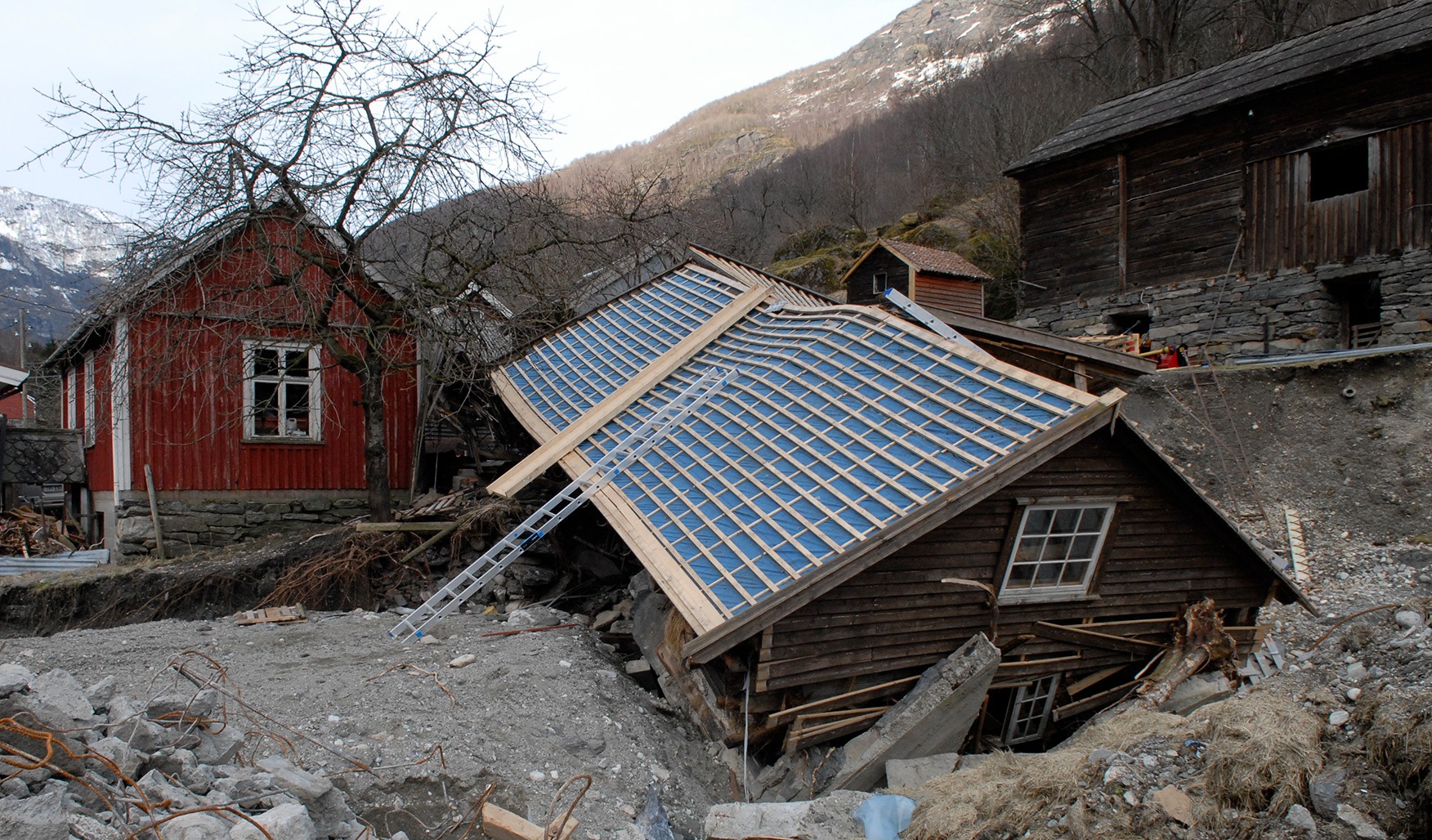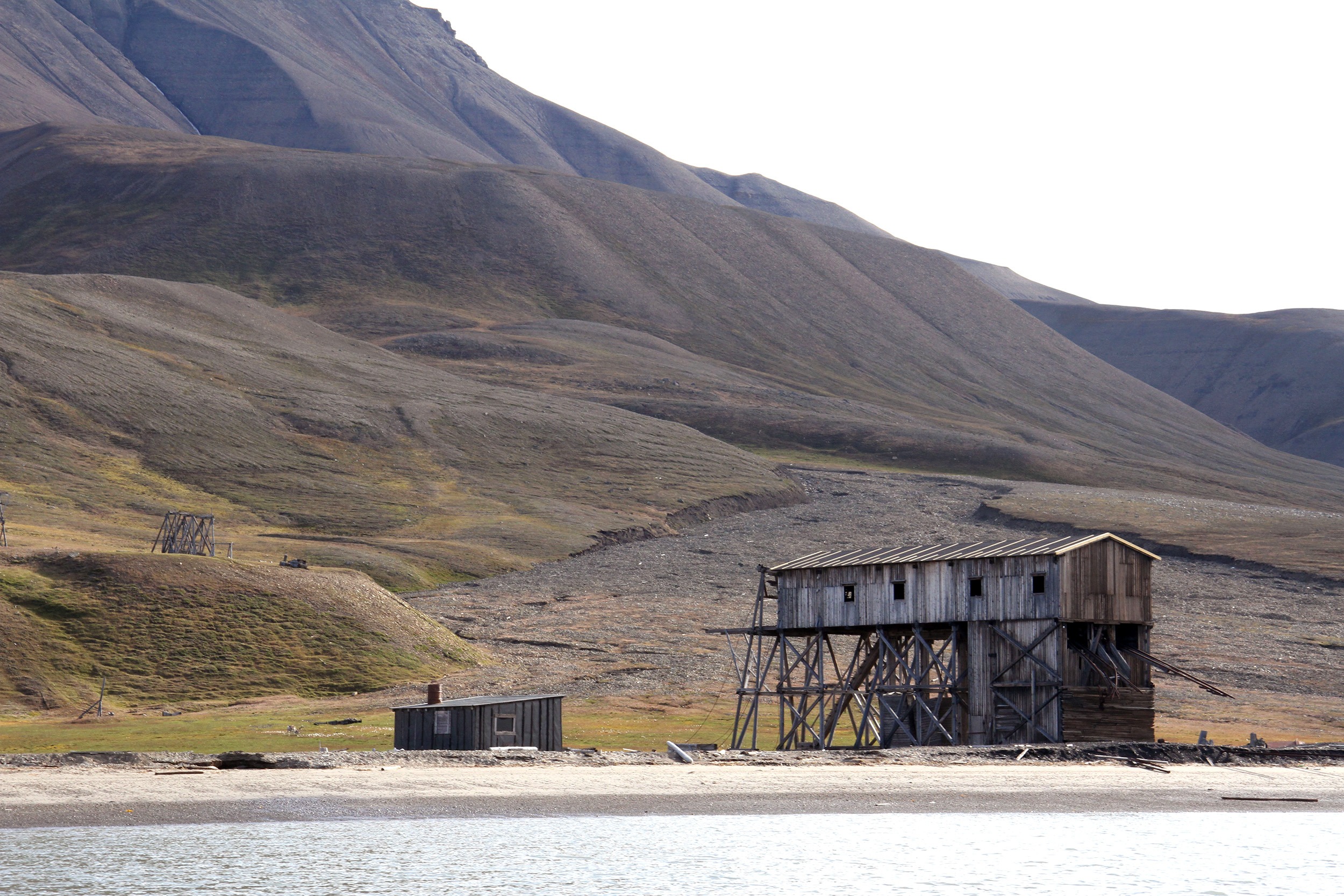Projects and priorities
Adapt Northern Heritage
Adapt Northern Heritage was a collaborative project involving 15 partners from Ireland, Iceland, Norway, Russia, Scotland and Sweden, that aimed to promote better management of cultural heritage and cultural environments in relation to the environmental impacts of climate change.
Project background
A changing climate will have major consequences for cultural heritage monuments and sites. This also means that there will be an ever-increasing challenge for owners and managers of cultural heritage sites and cultural environments to safeguard cultural heritage.
Wide geographical distribution and small communities in northern areas make it difficult for owners, managers and authorities to develop the skills and capacity needed to manage cultural heritage sites and cultural environments in an increasingly demanding climate.
Although there are different climates and climate changes in the northern European regions, they will benefit from exchanging expertise and experience when planning sustainable adaptation measures.
Measures
The project has developed
- Risk and vulnerability assessment procedures regarding cultural heritage sites/cultural environments
- Procedures for planning adaptation measures that take into account cultural, economic, environmental and social sustainability.
The tool will be developed, tested and demonstrated through the development of action plans at nine different cultural heritage sites/cultural environments in Iceland, Ireland, Norway, Russia, Sweden and Scotland.
Two partners have been selected to test and demonstrate the results in Norway. They are Aurland Municipality and the Governor of Svalbard. The Aurlandsdalen Valley and mountain farms will generally be in focus in Aurland. The old mining community of Hiorthhamn will be in focus on Svalbard.
The project will also develop a network for local actors responsible for cultural heritage sites and cultural environments to learn, exchange ideas and discuss how to best safeguard cultural heritage.
Project partners
These partners participate in the project:
- Historic Environment Scotland (project manager)
- The Directorate for Cultural Heritage
- Minjastofnun Ísland (Cultural Heritage Agency of Iceland)
- Norwegian Institute for Cultural Heritage Research (NIKU)
In addition, there are many associated partners, including Aurland Municipality, the Governor of Svalbard and Museum Nord in Norway and the Swedish National Heritage Board.
The 3-year collaborative project is funded partly by the EU’s Interreg programme for the Northern Periphery and Arctic.


Publications
Newsletter from Northern Adapt – june 2019
A Methodology for Long-Term Monitoring of Climate Change Impacts on Historic Buildings Article in the journal Geosciences 2018, 8(10), 370
Contact
Hanna Lønning Gjerdi – hanna.lonning.gjerdi@ra.no

